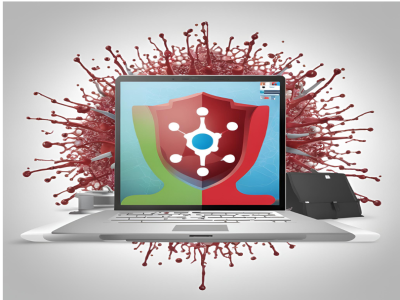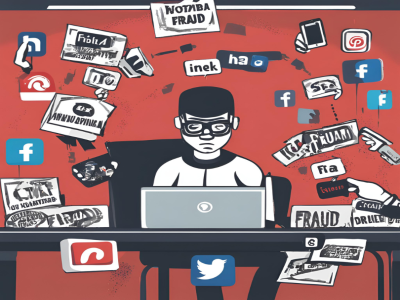
15
Jun
Cyber Sanskar
Virus Attack on Personal Computer
Personal Computers or Laptops plays a very important role in our lives. We store our crucial information such as bank account numbers, business documents etc. We also store personal files like photos, videos, music, movies etc. in the computer. A computer virus is a malicious code designed to spread from host to host by itself without the user’s knowledge to perform malicious actions.
Virus attack through external devices: A virus can enter the computer through external devices like pen drive or hard disk etc. This virus can spread across all the computer files.
Virus attack by downloading files from un-trusted websites: The virus can be hidden in the form of music files, video files or any attractive advertisement. This virus can spread across all the computer files.
Virus attack through email: An email virus comprises of malicious code that is distributed in email messages, and this code can be activated when a user opens an email attachment, clicks on a link or Unsolicited bulk email (spam mail) in an email message, or interacts in a totally different way with the infected email message.
- Fake Windows Updates (Hidden Ransomware)
Hackers have been increasingly sending emails that instruct readers to install urgent Windows OS updates. The emails trick readers into installing the “latest” Windows updates, which are actually ransomware ‘.exe’ files in disguise.
Cybercriminals often use current news stories and global events to target people with malware. One example is hackers using the wave of the COVID-19 (Coronavirus) outbreak to target individuals with malware. Hackers send out emails that are disguised as legitimate information about the outbreak. Readers are prompted to click a link to learn more about the information, but the link contains malware that copies the files on your device and steals your personal information.



